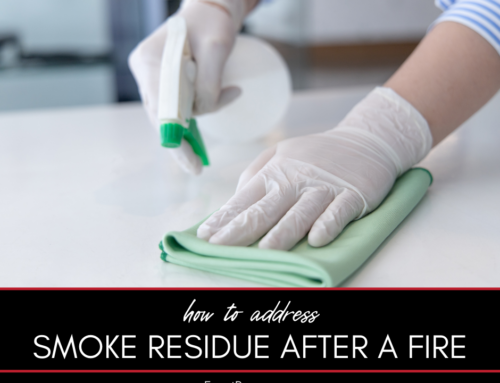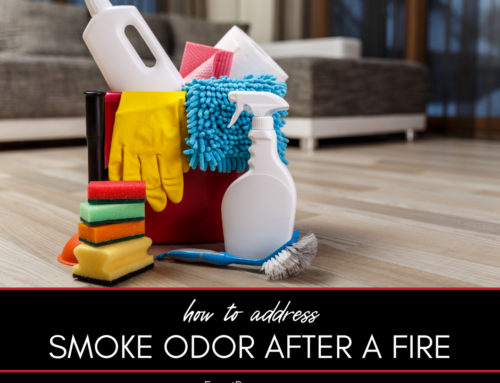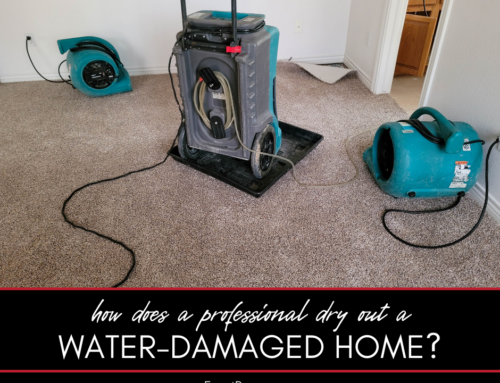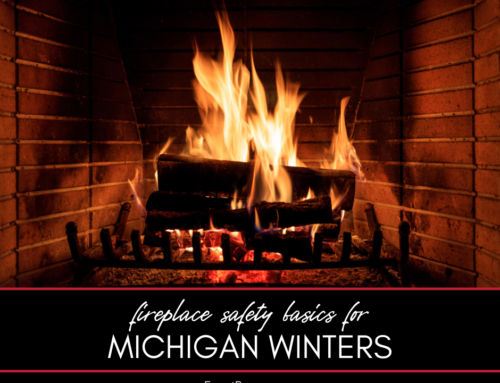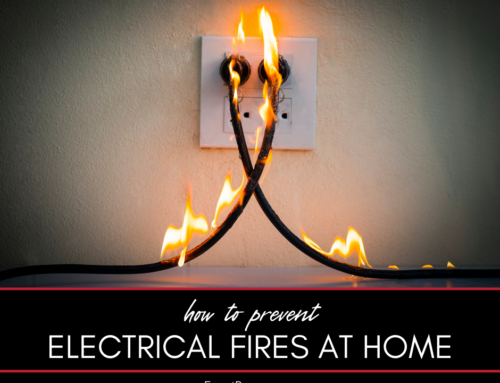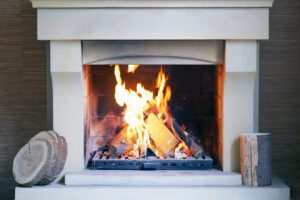
Sitting fireside with a mug of hot chocolate or a good book on cold winter evenings can be idyllic ways to wind down after a challenging day. But if you don’t operate your fireplace properly it could go from providing a fire to starting one.
So, what causes chimney fires?
Creosote build-up.
What exactly is creosote?
The chimneys of fireplaces and wood stoves work to funnel out the by-products of combustion, which are the substances produced when wood burns—smoke, particles of unburned wood, tar fog, gasses, water vapor, hydrocarbon, and an assortment of minerals.
These elements travel from your fireplace, or wood stove, and up into your chimney—where it is cooler—and in the process condensation forms. A residue develops and sticks inside the walls of the chimney. That reside is creosote.
Creosote residue has a black or brown appearance and can take on many textures. It may be flaky or crusty, tar-like, sticky, or drippy. It may even be hard and shiny. Regardless of its appearance or texture, all forms of it are extremely combustible. If creosote builds up sufficiently, and the internal temperature of your flue (the space inside your chimney) is hot enough, it may result in a chimney fire.
What causes the build-up of creosote?
A restricted air supply
The air supply to your fireplace may be restricted if you don’t open its damper wide enough, and if there is a lack of enough air to quickly move heated smoke up and out of the chimney (known as “make-up” air). The longer that smoke lingers in the flue the more likely it is that creosote will form, warns the Chimney Safety Institute of America (CSIA).
The air supply of a wood stove may be hampered by prematurely closing the stove’s damper or air inlets, or by closing them too much.
Burning unseasoned wood
You should burn only “seasoned” wood in your fireplace. “Seasoned” means that the wood has been cut and dried for a minimum of 6 to 12 months. Unseasoned, or “green,” wood can contain up to 45 percent water. In this instance energy from the fire is initially used to evaporate water within the cells of the firewood, which causes both the smoke and the chimney to be at cooler-than-normal temps—encouraging condensation and creosote build-up.
With a wood stove, overloading the firebox with wood in an effort to achieve a longer burn time can contribute to the build-up of creosote.
Do You Need a Disaster Remediation Expert in Washtenaw County or Jackson County?
If your home has already been damaged, we can help. Check out our services and call Exact Recon for your free disaster remediation quote today. We offer:




